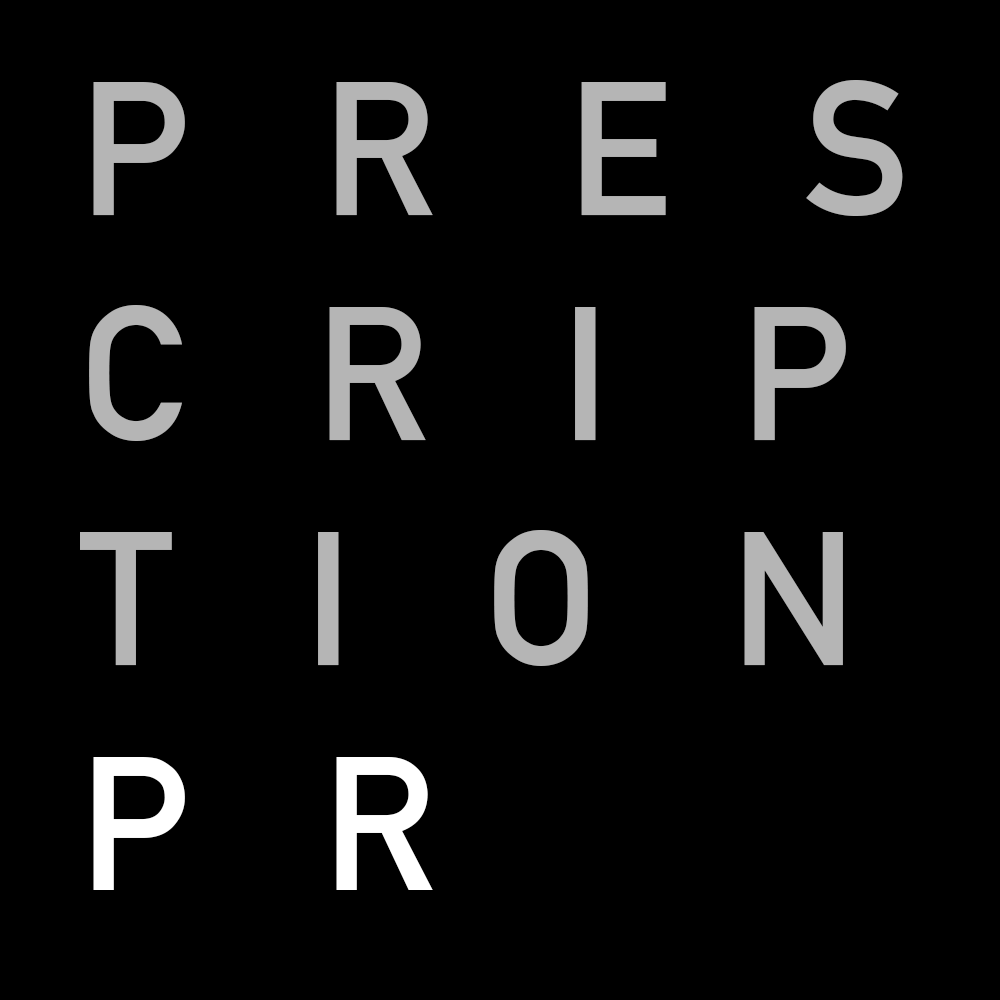7 ways to give your music website a spring clean
So, spring is finally with us it seems.
It’s a time for daffodils; bunnies; the first appearance this year of your rusty old barbeque…or maybe a long overdue glance at your music website, and a realisation that it looks like it a 1983 bulletin board.
Don’t panic. Here are some tips for giving your website a bit of a spring clean and adding some features that will help you promote your music more effectively.
1. Ensure your website is talking to Google
It’s all very well having a slick website, but if it’s not showing up in search, nobody will be able to find it. So make sure Google knows about it, by…
ensuring that your band name and influences are present in each page title
ensuring every page’s ‘meta description’ includes your band name and a good description of your music
registering your website with Google’s Webmaster Tools
creating some back links (links to your site) from as many quality sites as possible.
You can read more about SEO for bands here.
2. Ensure your site is capturing data effectively
Your website is not simply a place for fans to go and check your band out, it’s the place where they should be able to start a lasting relationship with your band (a relationship that involves not wining and dining but easily notifying fans when you are doing a gig, releasing material and so on).
The best way to make this beautiful relationship happen is to ensure that your site is capturing email addresses effectively.
There should ideally be a form on each page of your site where visitors can subscribe to your mailing list (ideally in exchange for some free content).
This form should be hooked up to an email marketing tool service like Getresponse or Mailchimp so that you can email your followers easily.
Another advantage of having a good mailing list is that you can use it in various ways on Twitter, Facebook and other social networks to display online ads to people on the list.
3. Make it easy for people to follow you on social media
Obviously a huge number of people follow artists on social networks these days; even the most technically-challenged musicians tend to be aware of this and put social media icons on their website accordingly.
However, they don’t always put them in the best place, or use them in the best way. To get the most out of social media on your site,
ensure you are putting the social media icons in a very prominent spot - in other words, ‘above the fold’, so users don’t have to scroll a lot or nose around the site to find the social links
where possible use buttons that allow ‘one-click’ follows, rather than icons which direct you to a social media profile containing another follow button. For example, use an embedded Twitter follow button or Facebook ‘like’ button wherever possible; with these, once they are clicked, the user will automatically be following your band without ever leaving your site.
consider using a sharing tool such as Addthis as a way of encouraging follows and content sharing – it allows you to add follow / sharing icons to your site very easily, plus gives you some very interesting stats.
4. Blog!
Unless you are getting a truckload of Radio 1 airplay, it’s pretty unlikely you’re going to get a truckload of visitors spontaneously rocking up at your website.
However, if you’re writing interesting blog articles regularly (interesting = not necessarily about your band) these are likely to get picked up by search engines, resulting in organic traffic to your site and, if you’ve followed steps 2 and 3 above correctly, a good opportunity to capture data and gain new social media followers.
When done well, blogging can be a strong component of a good inbound marketing strategy (you can find out about inbound marketing here).
5. Compare your website against others
Compare your site to those belonging to seriously huge artists: the U2s, Bowies, Red Hot Chilli Peppers of this world.
How does yours stack up? Is the photography and use of typefaces as strong? Is your site as clever or comprehensive when it comes to data capture and social media?
Actually, the answer might be yes – some big acts have surprisingly awful websites. But it’s important to take a look at what the ‘pros’ do anyway, in case there are any tricks you are missing.
Typically I tend to find that where a lot of unsigned bands’ websites fall down is in their use of photography – the images use just aren’t professional enough.
My advice to any band is always to sort out the music photos before going anywhere near a website designer.
6. Check your website on a variety of devices
Given how many people are accessing content on smartphones these days, it’s worth checking how your site appears on a variety of devices – not just your fancypants 27 inch iMac.
The main thing you need to do is ensure that your site displays correctly on any device, and not just a desktop computer – basically you need a ‘responsive’ website which automatically resizes itself depending on what device it is being viewed on.
7. Use analytics
There is little point having a website if you are unsure whether or not anyone is visiting it. So,
ensure you have a Google Analytics account for your website, and are checking it regularly
register your site with Google’s Webmaster Tools
use Addthis to measure how many people are following you or sharing content, and which bits of content they are sharing.
Act on the information you receive: if your blog articles are particularly popular, write more of them; if your videos page is heavily visited, make more of them and so on.
Useful website building resources
Building a website for the first time? You may find some of these website and online store building tool reviews useful:
You might also like to check out our music web design services.


